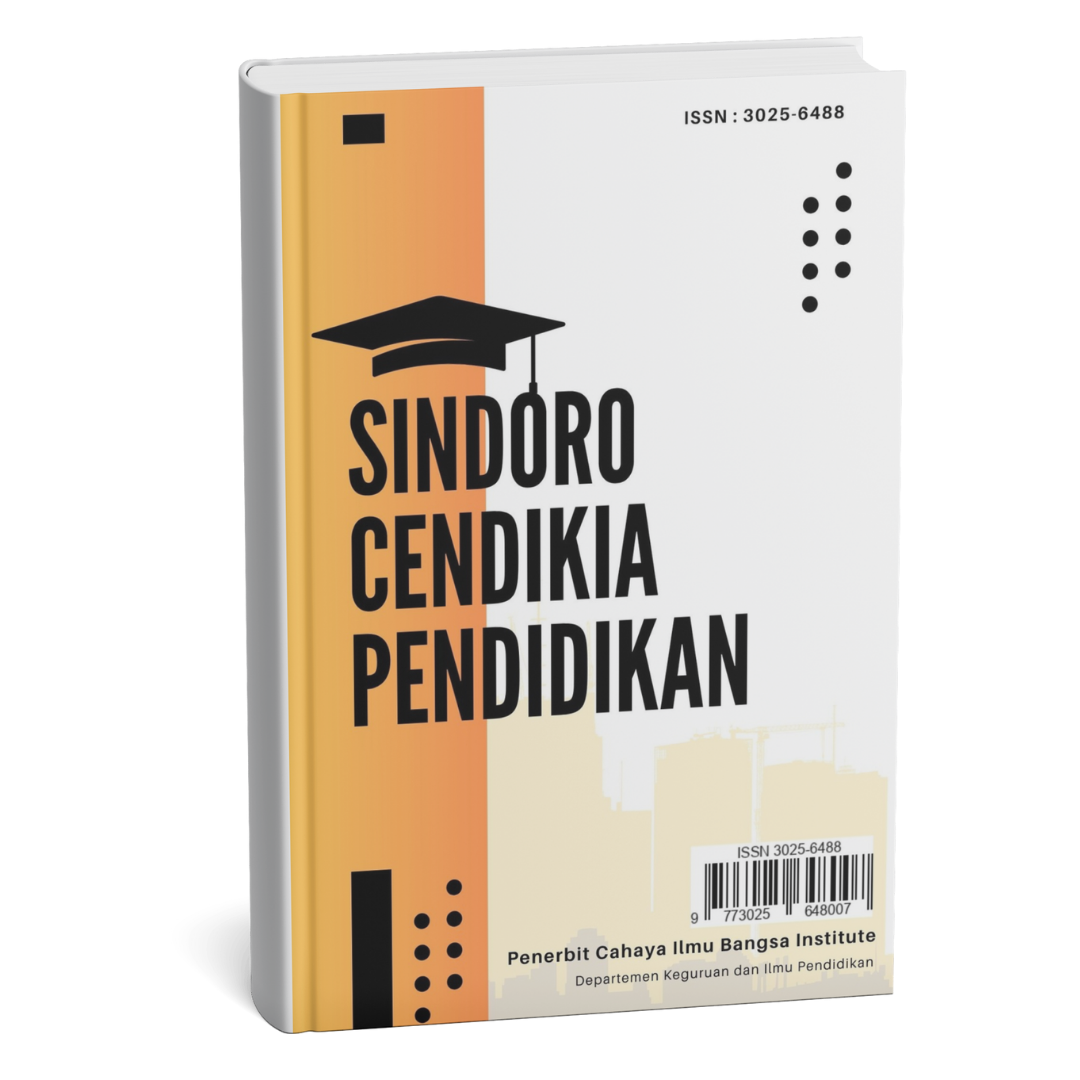AMBIGUITY IN INTERCULTURAL COMMUNICATION: A CASE STUDY ON LANGUAGE AND CULTURAL DIFFERENCES
Main Article Content
Abstract
Semantic ambiguity constitutes a fundamental impediment in intercultural communication, especially where language and cultural divergences intersect in workplace settings. This qualitative case study examines how Indonesian migrant workers in Taiwan and their Taiwanese employers navigate communication challenges arising from linguistic, pragmatic, and cultural ambiguities. Data from interviews, observations, and document analyses reveal that phonological confusions, dialectal variations, indirect speech acts, and divergent cultural norms engender persistent misunderstandings. Findings highlight the need for comprehensive intercultural competence training incorporating linguistic nuances and pragmatic cultural awareness to mitigate ambiguity, improve communication effectiveness, and foster harmonious labor relations.
Article Details
Section
This work is licensed under a Creative Commons Attribution-ShareAlike 4.0 International License.
How to Cite
References
Degani, T., & Tokowicz, N. (2010). Semantic ambiguity in second language: An eye-tracking study. Bilingualism: Language and Cognition, 13(2), 161 175.
Hall, E. T. (1976). Beyond Culture. Anchor Books.
Hofstede, G. (2001). Culture’s Consequences Comparing Values, Behaviors, Institutions and Organizations across Nations. Sage.
Juddi, A., Hu, X., & Zhang, L. (2019). Pragmatic failure in intercultural communication: A case of workplace directives. Journal of Applied Linguistics, 34(1), 55–72.
Thomas, J. (1983). Cross-cultural pragmatic failure. Applied Linguistics, 4(2), 91–112.
House, J. (2000). Understanding misunderstanding: A pragmatic-discourse approach to analyzing miscommunication. Journal of Pragmatics, 32(10), 1459–1479.
Gumperz, J. J. (1982). Discourse Strategies. Cambridge University Press.
Scollon, R., & Scollon, S. W. (2001). Intercultural Communication: A Discourse Approach (2nd ed.). Blackwell. Kramsch, C. (1998). Language and Culture. Oxford University Press.
Spencer-Oatey, H., & Franklin, P. (2009). Intercultural Interaction: A Multidisciplinary Approach to Intercultural Communication. Palgrave Macmillan.
Wang, Y., & Zhu, W. (2011). Language barriers and intercultural communication in global workplaces: A case study of Chinese employees. International Journal of Business and Social Science, 2(6), 139–145.
Cortazzi, M., & Jin, L. (1999). Cultural mirrors: Materials and methods in the EFL classroom. In E. Hinkel (Ed.), Culture in Second Language Teaching and Learning (pp. 196–219). Cambridge University Press.

